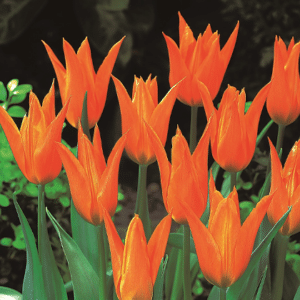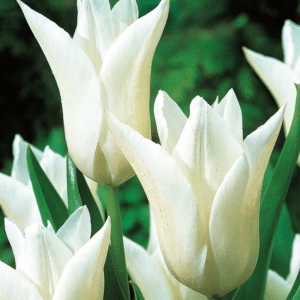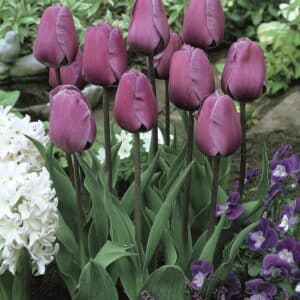How to get the best results from your Tulips
How Tulips Grow
As British gardeners we appreciate that tulips are not native to our shores, or indeed even Holland, but rather Turkey and Asia Minor, with very different climatic and growing conditions than we experience. Tulips grow in drifts on mountain slopes and in valleys, experience cold winters, plenty of water in the spring and dry baked summers.
Tulip bulbs have to be of sufficient size to produce a flower. Everything the tulip needs to flower is contained within the bulb. The larger the bulb the larger the flower, this year’s flower embryo and food stores are already contained within the bulb.
The bulbs do not start making roots until the arrival of cooler autumn temperatures. Well worked oxygenated soil is important to maximise root development which allows the tulip to take on sufficient water when it starts growing in the spring. Once the tulips emerge above ground, unless interrupted by a cold snap, they grow remarkably quickly taking in a tremendous amount of water.
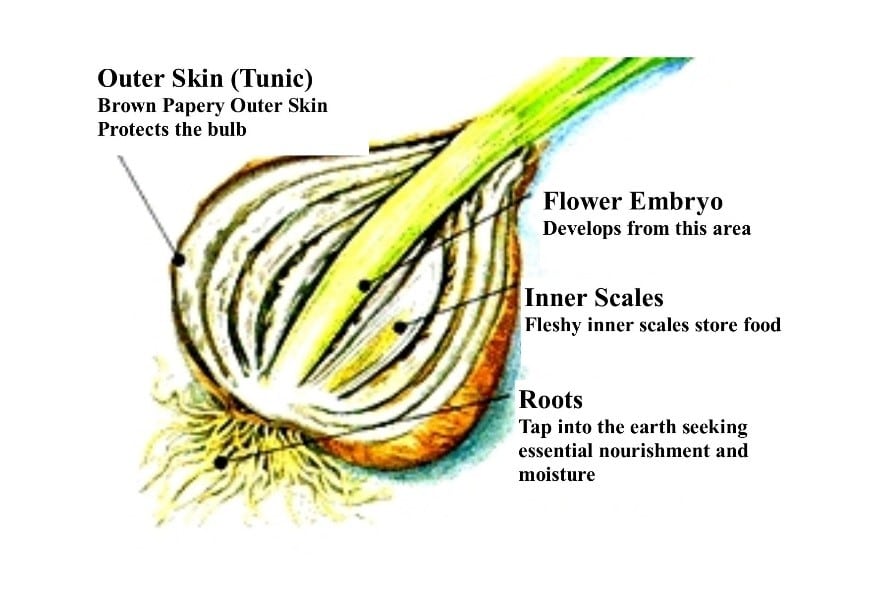
Tulips multiply by producing offsets around the basal (root) plate. The richer the soil the fewer offsets produced. Next year’s bulb essentially grows in place of the parent bulb which is largely spent having used its resources producing this year’s flower.
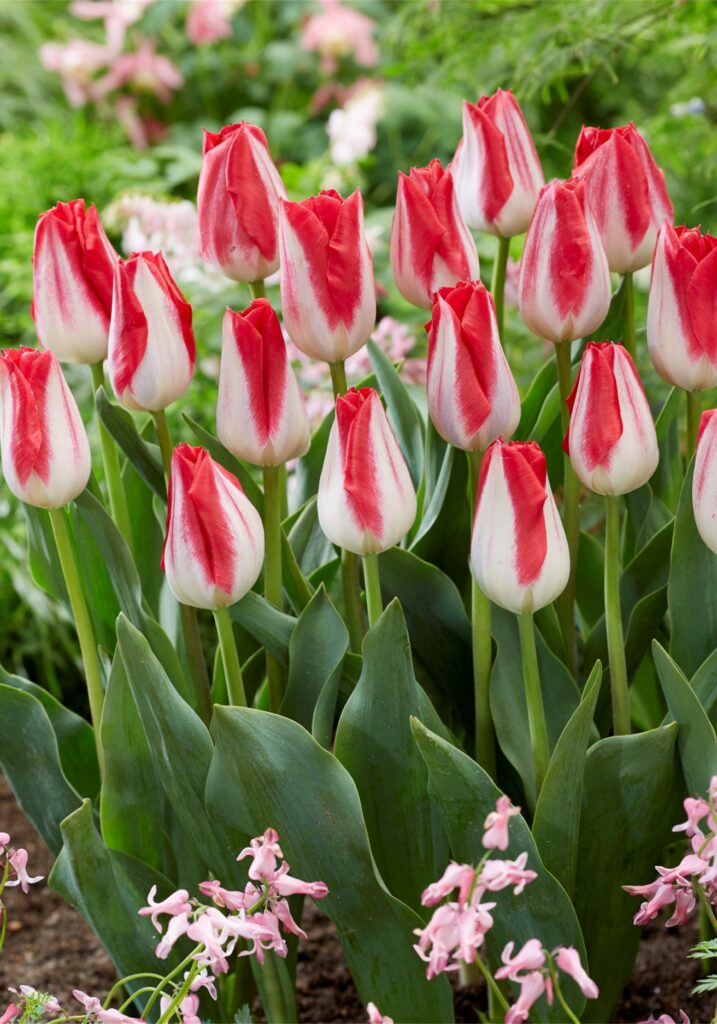
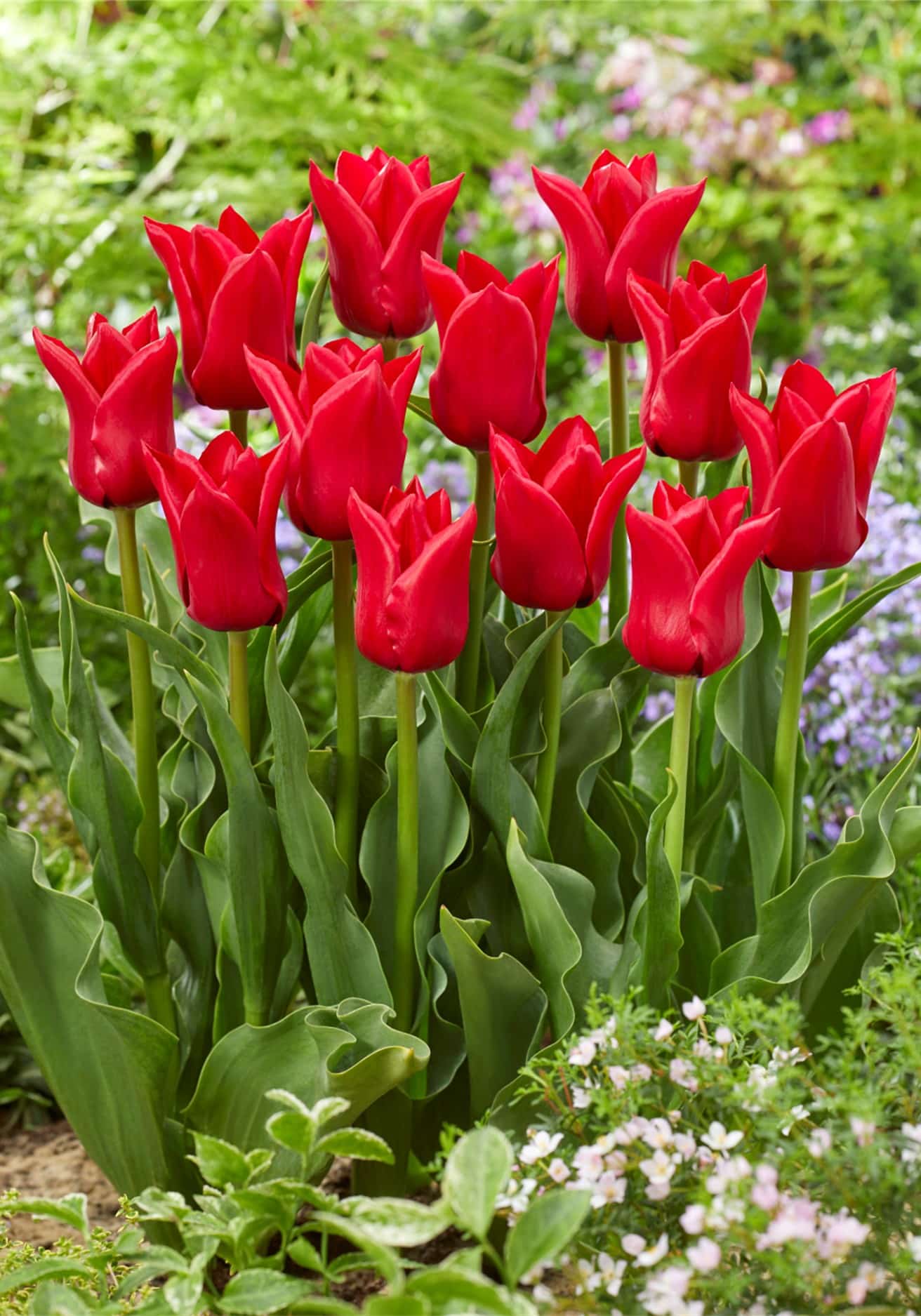
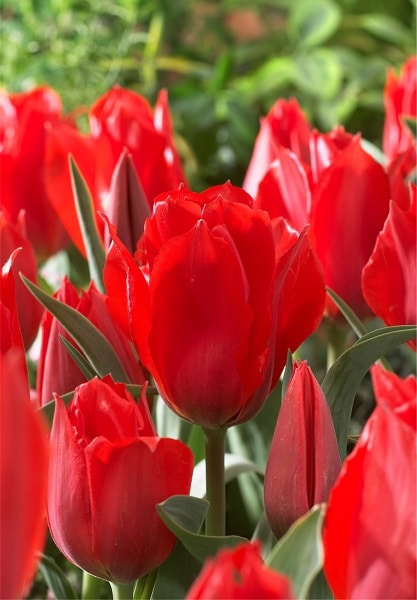
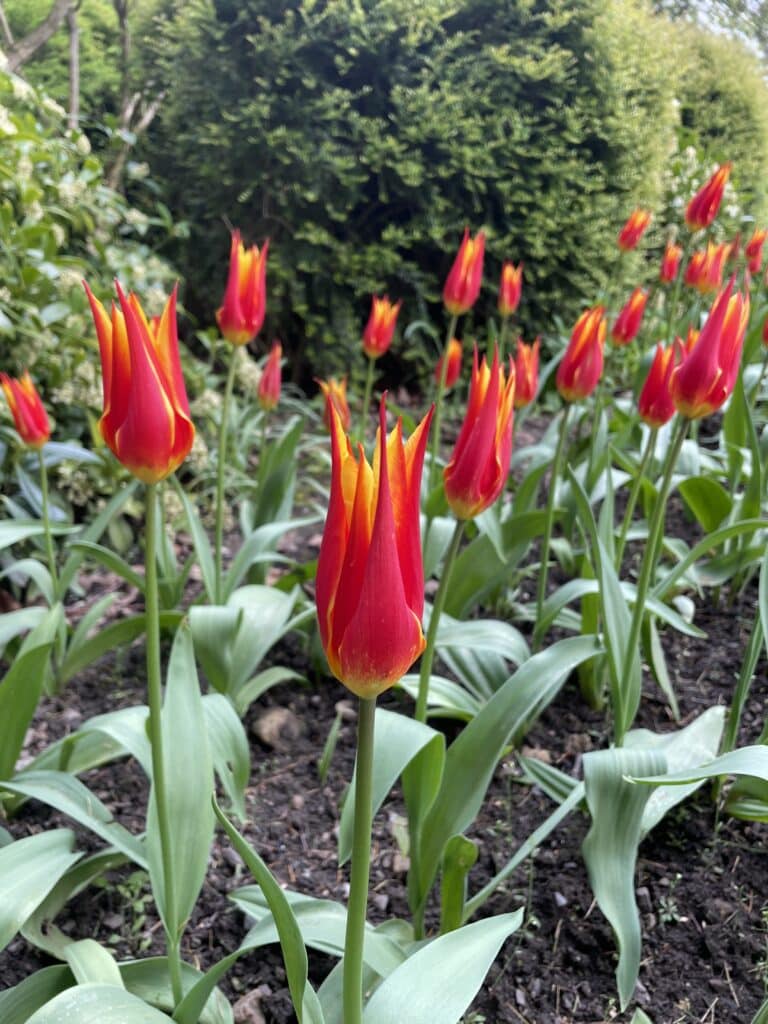
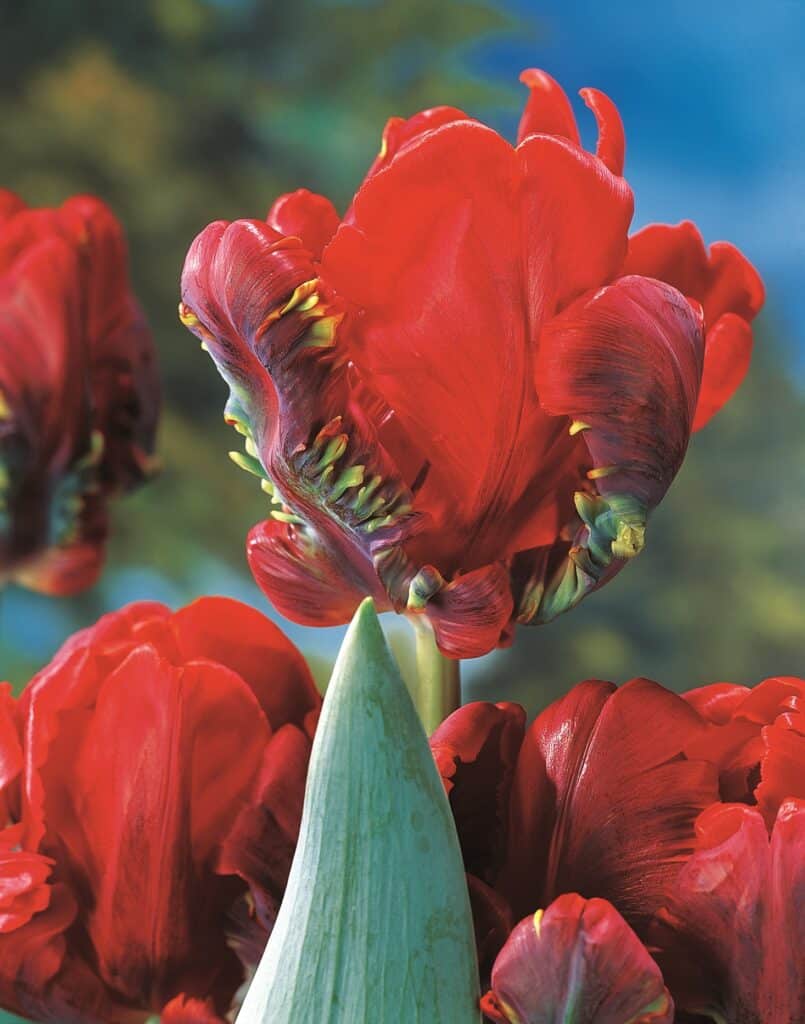
After flowering the new bulb continues to feed from the root system, taking in moisture and nutrients from the soil. The bulb also absorbs nutrients from the plant itself. The foliage is necessary for photosynthesis, to store energy in the new bulb as carbohydrate for the following year. Bulbs need a warm ambient temperature during July and August to ripen the flower embryo.
Tulip Planting
Tulips can be planted anytime from October onwards, all the way up until Christmas, weather permitting. Take the weeks beforehand to make sure the soil is well dug over in preparation for planting.
Do not plant your tulips too deep. Depending on your soil type plant 10-15cm (4-6inches) deep. If you garden on heavy soil no more than10cm (4inches) is recommended, for lighter well drained soils you can plant up to 15cm (6inches) deep.
Bulbs can be left in year on year, particularly if you have lighter well drained soil. Remember they do need a warm dry location during July and August.
Tulips in Containers
Use a soil-based compost such as John Innes No. 2. It is important to keep the pots evenly moist during both the autumn and spring without soaking them. Many general-purpose composts are difficult to keep evenly moist. Always use fresh compost.
Plant the bulbs with the flat side outwards, especially those around the perimeter, the first and largest leaf will grow from this side producing a more balanced effect. After planting water and keep the pots in a cool sheltered location, protected from mice and other predators. During a dry autumn water as necessary until the onset of winter. Note that pots tend to dry from the outside in, bear this in mind particularly in the spring. A lack of water will lead to stunted shrivelled plants. Move to the patio when the bulbs start to produce growth.
No feeding is required until after flowering, the bulbs come with their own food reserves. Excess nitrogen will lead to tall lanky plants with no benefit to the flower size.
What to do After Flowering
Once the tulip has finished flowering it is important to deadhead the flowers, we do not want any energy wasted in the production of seeds. The plant should then be left to die back naturally. If grown in pots make sure the soil is kept evenly moist. When the foliage starts to yellow the plant has reached the end of its growing season, any disturbance before this will prematurely end the growing of the new bulb.
The bulbs are then effectively semi dormant until the return of cooler temperatures the following autumn. Good drainage is essential as bulbs will not do well standing in cold damp ground.
Bulbs grown in containers can now be lifted and stored somewhere warm and dry, ready for replanting in the autumn.
Lifting Bulbs
When you lift tulips, you will find a new bulb has developed flanking the old flower stem. It’s flattened side results from growing against the flower stem as it develops. There will also be smaller offset bulblets that have grown from dormant buds on the basal plate of the mother bulb. Unless you are going to grow these on for several years they can be discarded.
Once lifted the bulbs should be cleaned of any soil and stored in nets until replanting in the autumn. A garden shed or garage is ideal. Any old petals or plant foliage should be cleared away and under no circumstances composted.
